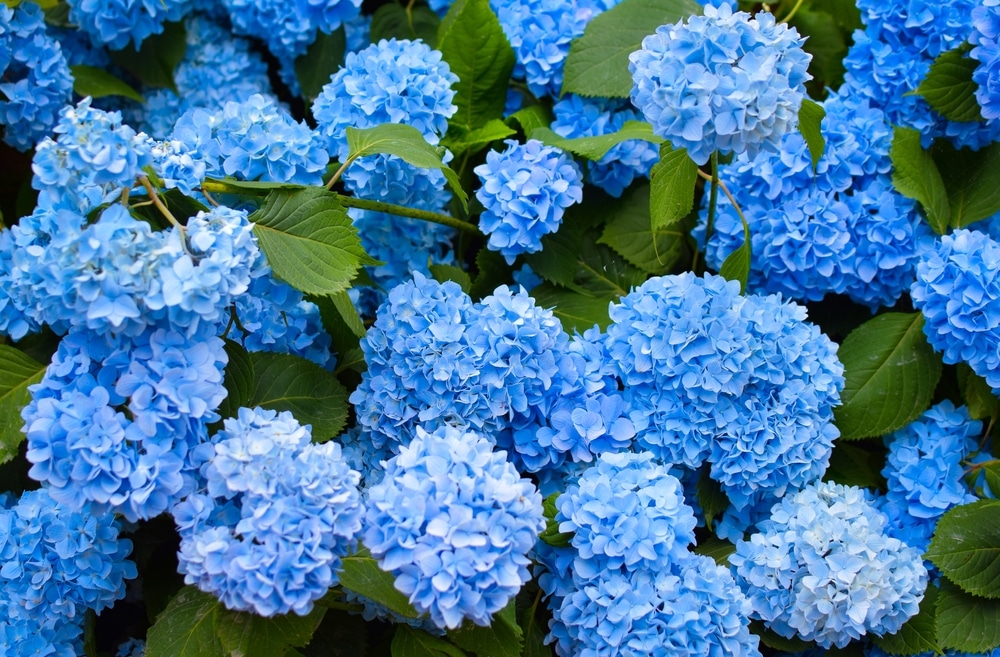
Gardeners usually plant different types of flowers in their gardens to make them look beautiful. Although, people should understand that there are numerous varieties that they can select from. When it comes to this, considering what your requirements are is a great way of deciding which plant will work best for you. Most beginners decide to go for hydrangeas as these can last a long time if taken care of. The plant also has different shades of colors that all look beautiful when planted in your garden.
Hydrangeas have one of the longest bloom times which range from early spring to late fall. This is amazing but there are also some problems that people report running into with the plant. When it comes to this, a common problem that is often reported is that the hydrangea is not turning blue. If you are getting the same issue with your flowers, then going through this article should help you out. We will be using this article to provide you with a list of reasons why this problem can be found along with ways that can be used to fix it.
Hydrangea Not Turning Blue
- Condition Of Soil
One of the best qualities of hydrangeas is their ability to change the color of their petals. This usually happens due to several reasons but the main one is the quality of the soil they are planted in. Talking about this, people should understand that their soil can either be neutral, acidic, or alkaline. Depending on which one it is, the colors on the petals of your hydrangea can easily vary.
Talking about this, one easy way to check the condition of the soil is, is by taking a pH scale and then testing it with the soil. Once done, you can then confirm if the soil around your plant was either acidic or alkaline. If it was alkaline then your plants will have a reddish to white shade on the petals instead of them being blue. People can simply change this by adding fertilizers that have acidic minerals in them.
Ensuring that you use them in a controlled quantity is important as too much of the product can damage your plants instead of changing their color. If sufficient fertilizers are used, then people should be able to notice the color on the petals of their hydrangea changing within a few days at most. Other than this, the product should be added after every 2 to 4 weeks for consistent results as the minerals inside them can get consumed by the flowers during this time.
- Watering Your Hydrangea Flowers
Aside from the fertilizers being used, another important factor that should be kept in mind is the amount of water being consumed by the flowers. When it comes to this, people should understand that low liquids keep the soil around the plant dry. While this is good for flowers that are drought resistant, one common problem that will be noticed is that the roots have trouble trying to consume the nutrients inside the soil.
Hence, it is recommended that people use a small amount of water on their soil that is enough to keep it moist for an entire day. If done properly, then the flowers can consume the acidic nutrients inside the soil and then change their color from a white or pink shade to blue. On the other hand, if the water being used is too much then the plant will die within a few days. The best way to prevent this is by having a drainage system that allows the extra liquid inside the soil to escape through it.
- Variant Of Hydrangea Used
Hydrangea is a flowering plant that comes in 75 species that people can select from. Each of them is quite different but the steps required to maintain them are almost identical. If you notice that your hydrangea is not turning blue, then there is a high chance that the variant of the flower does not have the color option you are looking for. This can be easily confirmed by viewing the details of your plant and you can then act accordingly. If the issue is from the variant, then replacing it with another species is your only option.
